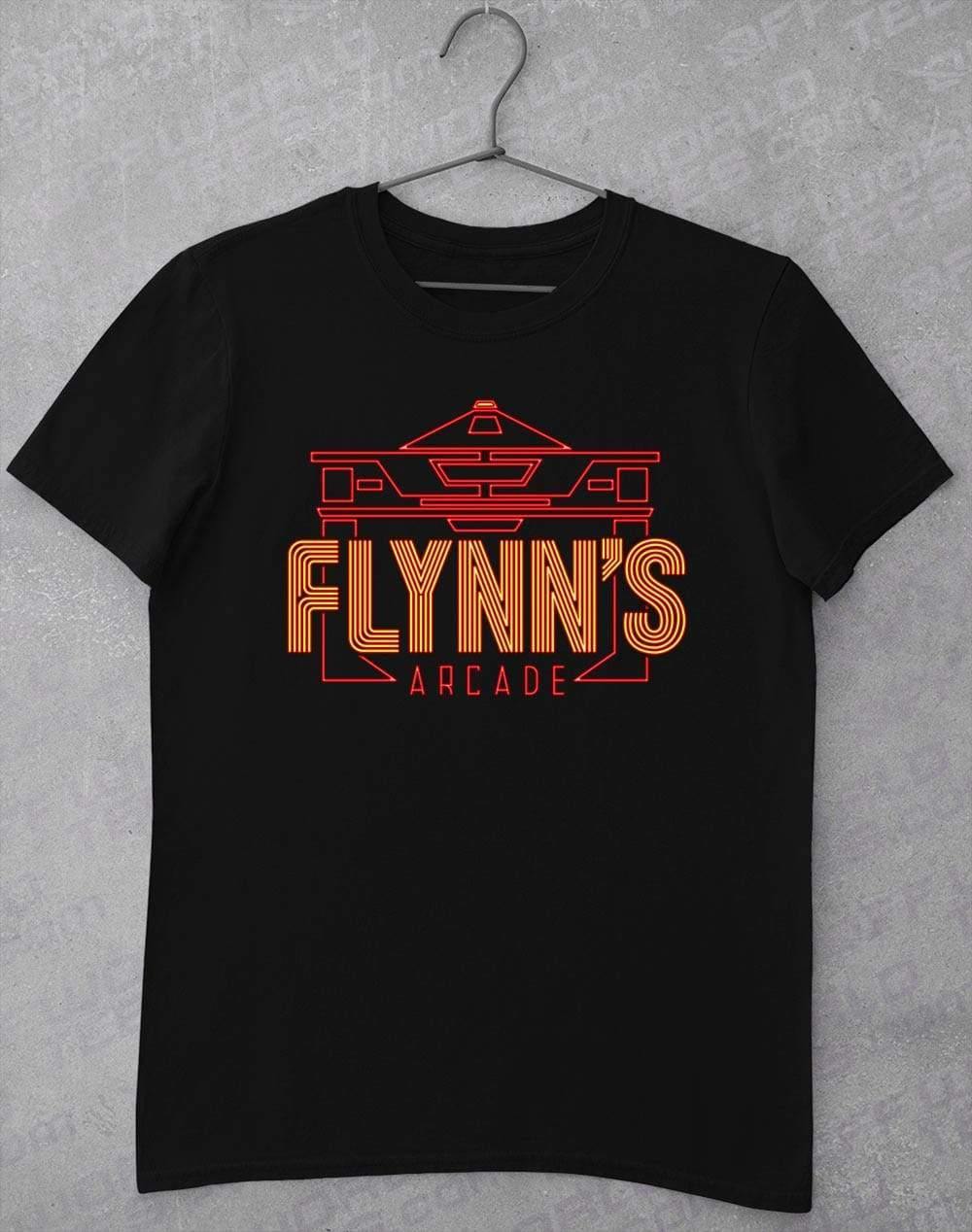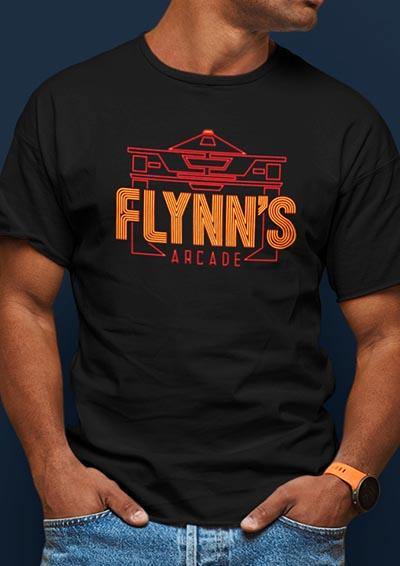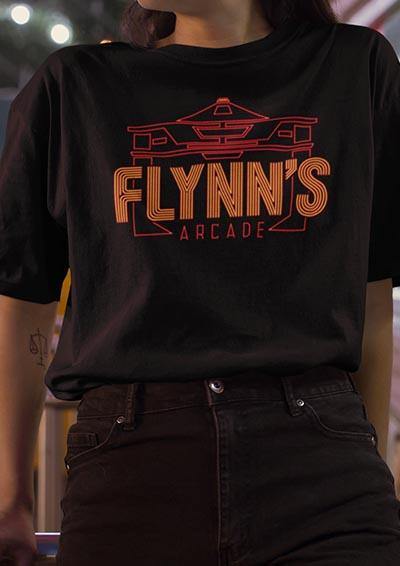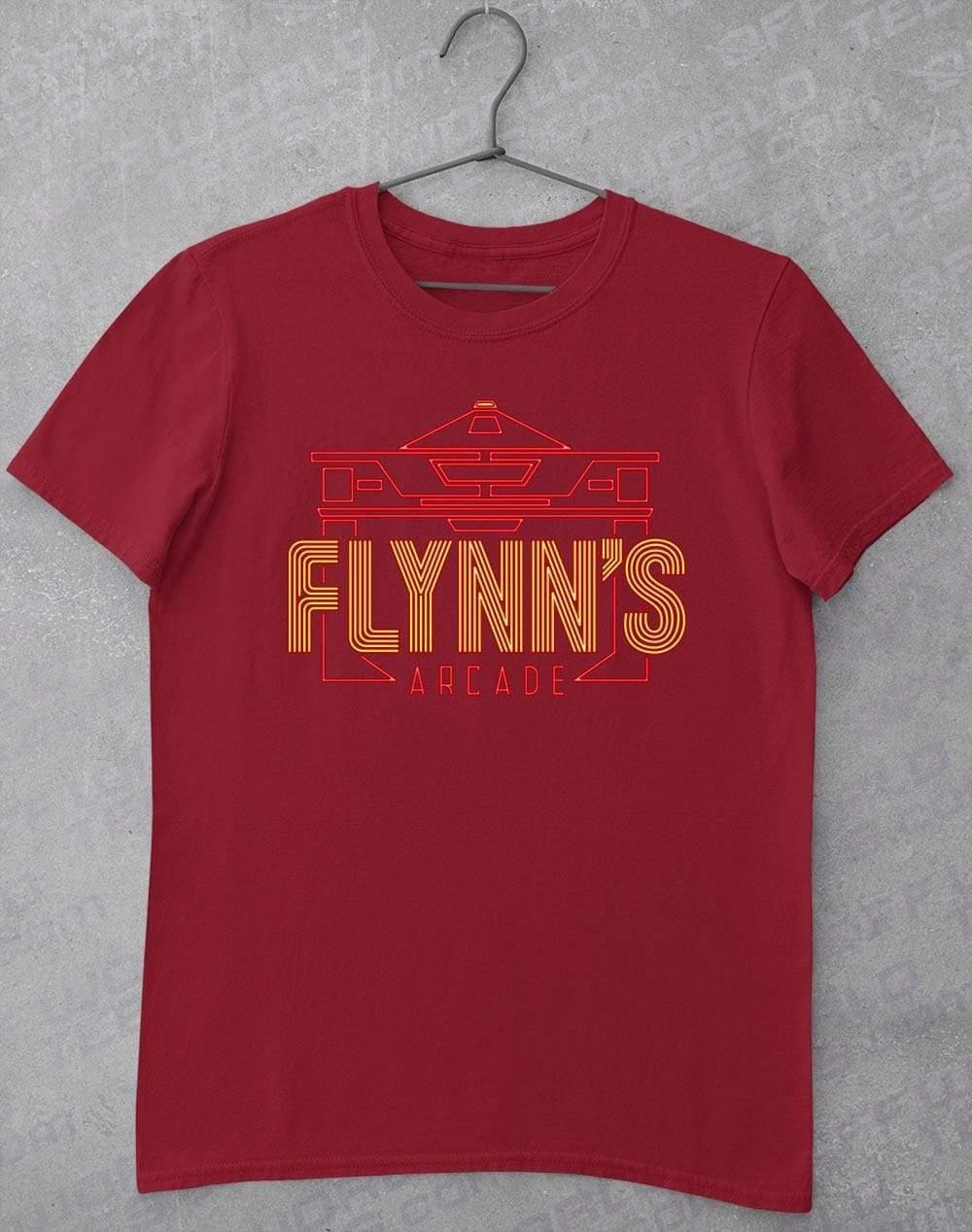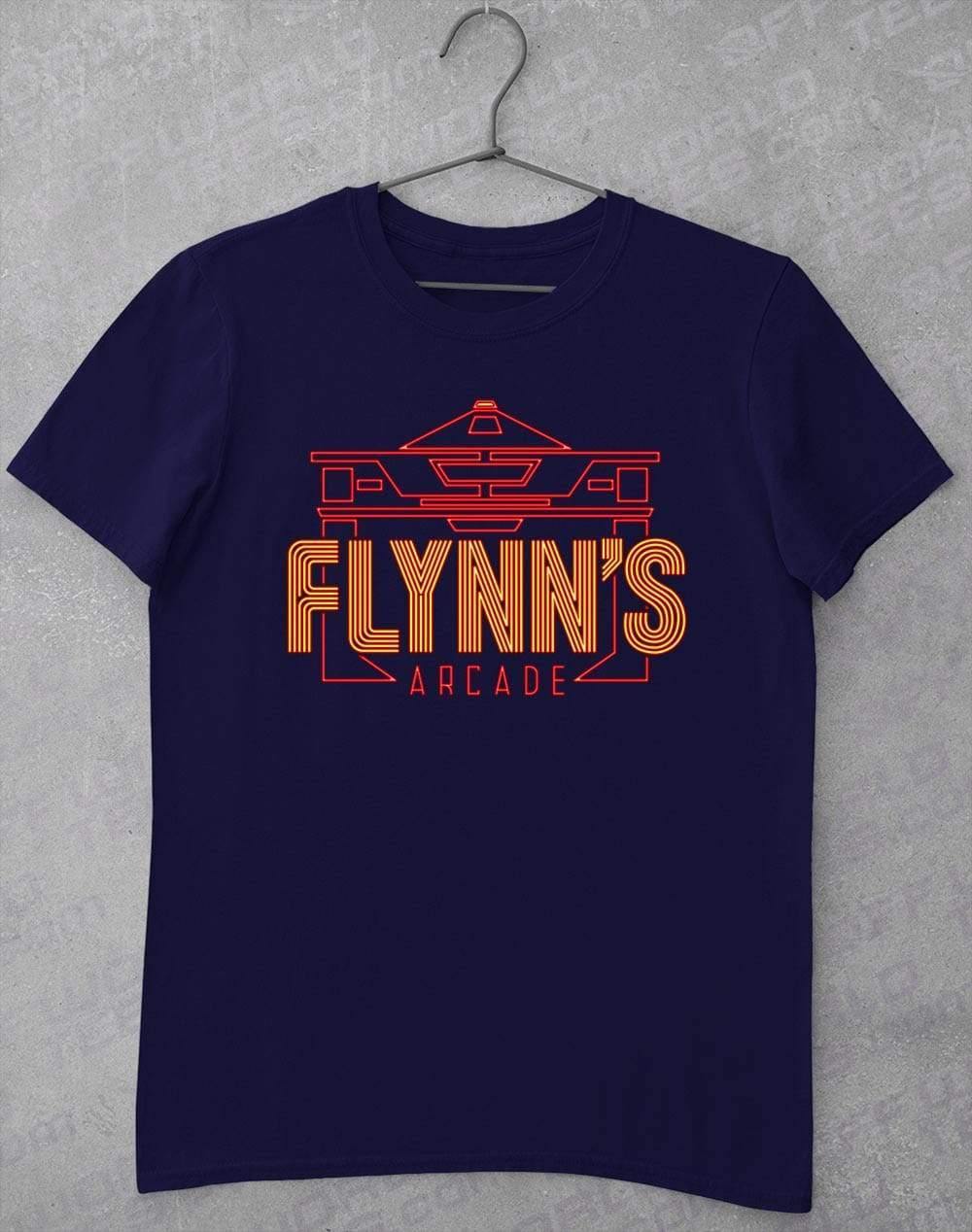Flynn's Arcade T-Shirt
Inspired by Tron (1982)
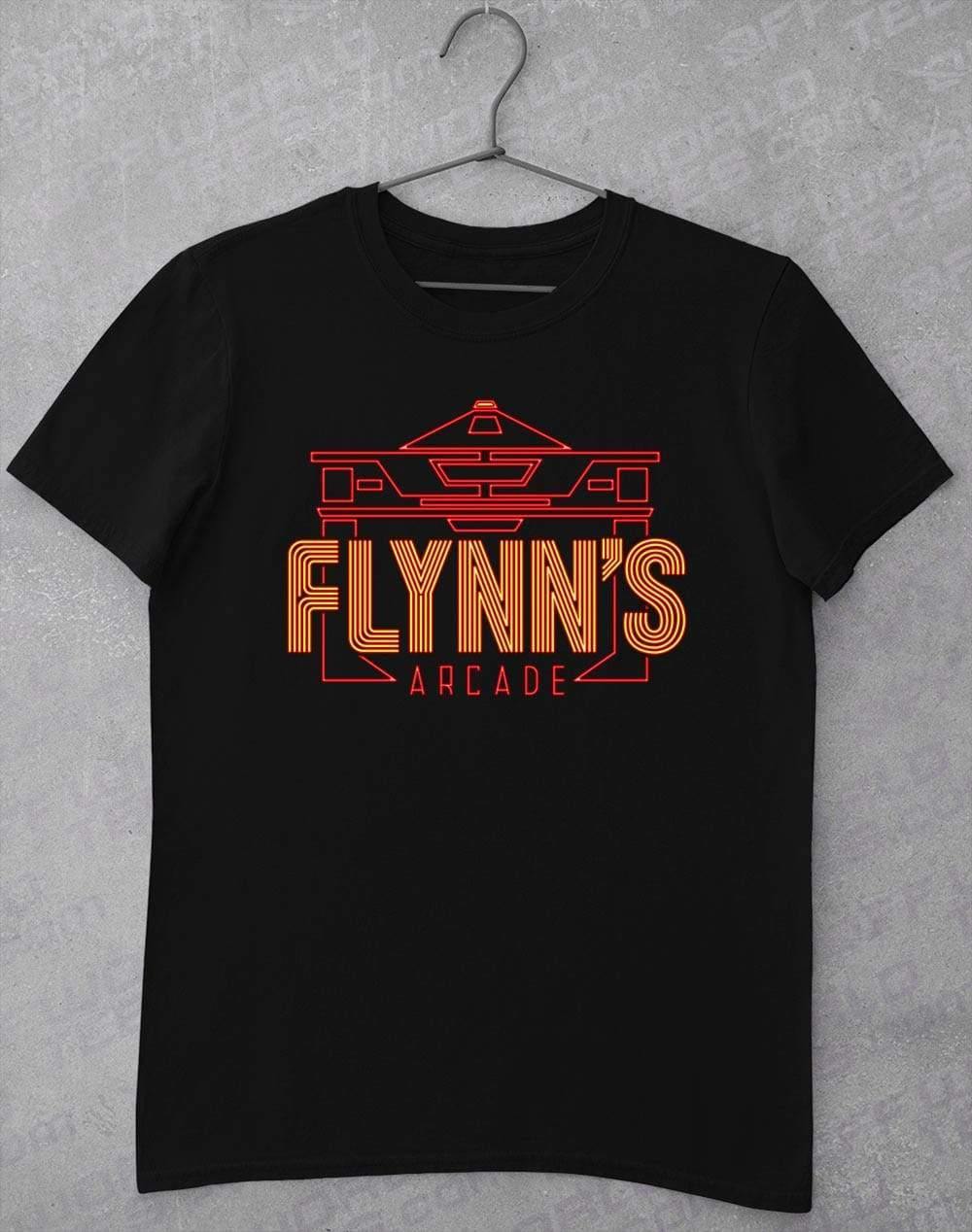
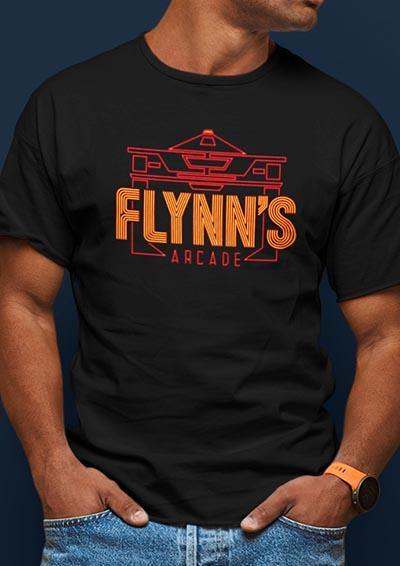
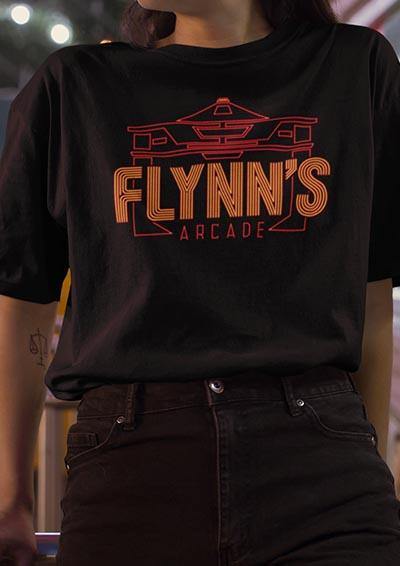

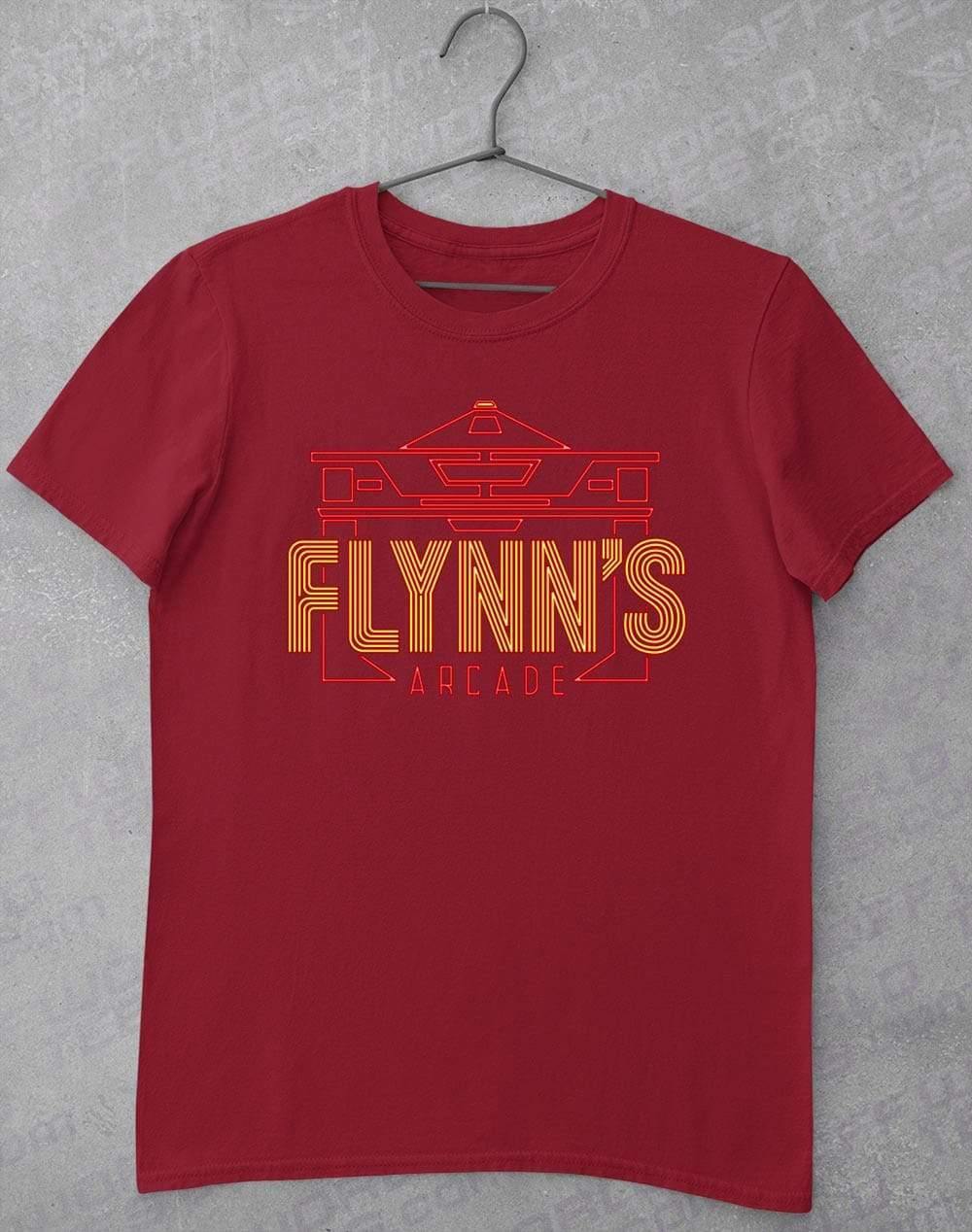
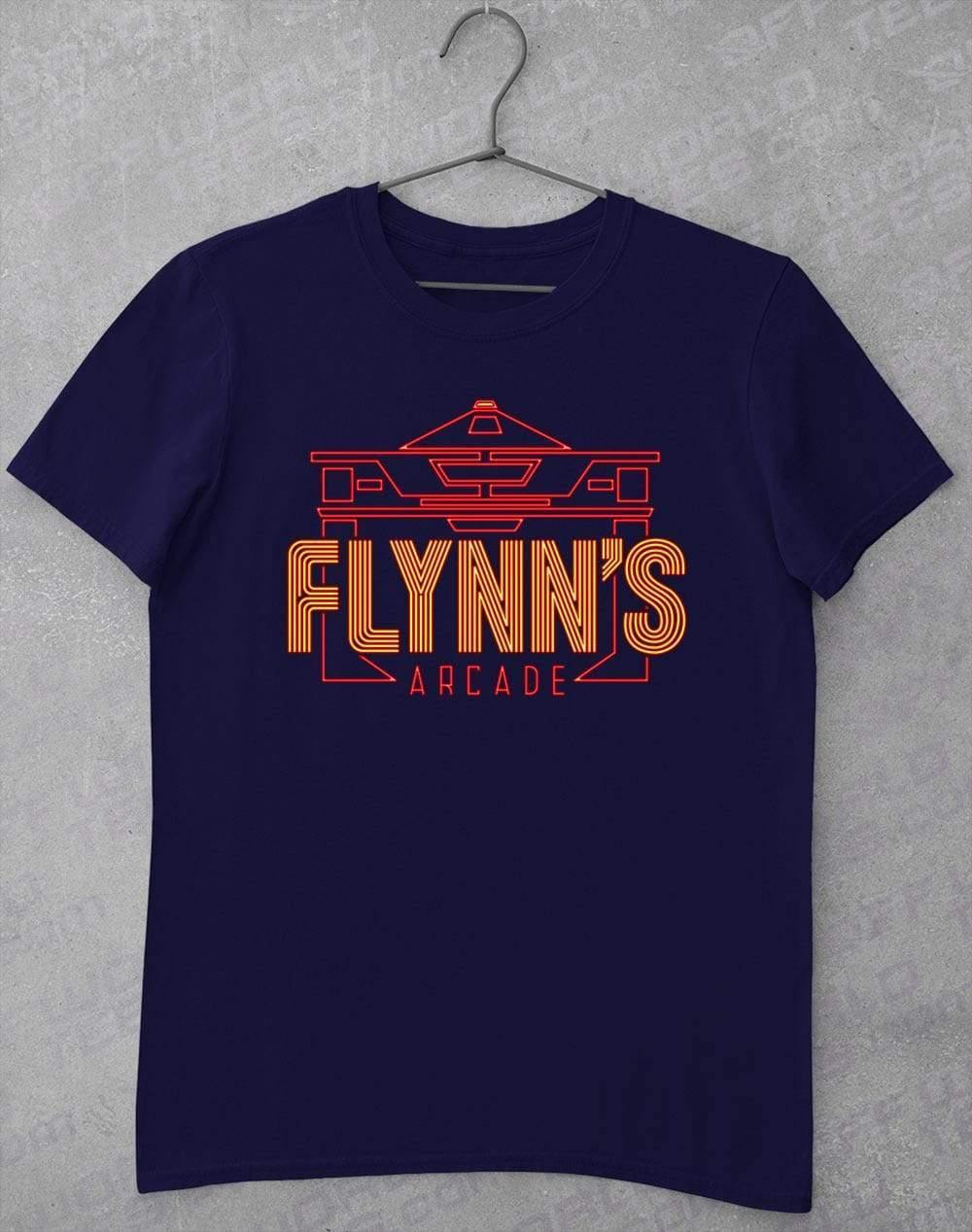
"Oh man! On the other side of the screen, it all looks so easy."
Flynn's Arcade T-Shirt - Retro T-Shirt Heaven
At Off World Tees, we're passionate about creating awesome geeky pop culture-based shirts that pay homage to some of the most iconic movies and TV shows ever. One of our all-time favourite pop culture references is Flynn's Arcade from the classic sci-fi movie Tron.
A Design that Transports You to the Classic Arcade Era
Our latest design reimagines the legendary Flynn's Arcade, embracing the neon vaporwave aesthetics that made the arcade so iconic. It's a design that transports you back to the classic arcade era, whether you're a fan of Tron or love all things elec-TRON-ic.
Premium Quality T-Shirt for Comfort and Durability
We've put a lot of effort into creating a design that captures the spirit of the classic arcade era, from the taped neck and shoulders to the tear-away label and double-needle sleeve and bottom hems. The preshrunk jersey knit and quarter-turned fabric ensure this heavy cotton unisex t-shirt is comfortable and durable, while the seamless double-needle 2.2 cm collar provides a stylish finish.
The Perfect Fit for Everyone
We've also included a size guide that shows the equivalent (or closest to it) size in UK Women's sizing, so you can be sure you're getting the right fit. And we've received great feedback from our customers that the sizing is pretty true to the size guide provided, so if you're always an XL, we'd say this would be true with this garment too.
A Nostalgic Journey into the World of Tron
Tron is a cultural phenomenon that has been a pop culture staple since 1982. It's a sci-fi movie that has transcended time, with amazing visual effects and a story that still resonates with audiences today. But Tron could not have been what it was without Kevin Flynn. In Tron, the world inside the computer is known as "The Grid", and it's a simpler world where programs are people, and super-advanced technology is commonplace. It's a world that Tron plays by its own rules, with programs holding enough power to control the computer.
Tron was a box office hit, and Disney had high hopes for Tron: Legacy, released in 2010. Tron would go on to become a movie franchise, but Tron was an arcade game first.
The Tron cabinet holds a special place in the hearts of gamers. It was released by Bally Midway, not Disney, who was busy with The Black Cauldron around Tron's release. Tron and Tron: Legacy were directed by Steven Lisberger, who also directed the arcade game. With Disney developing Tron: Uprising for television, Tron is returning to our lives.
Tron didn't start as Tron at all. Tron was initially titled Jet Fighter for its first few months. The cabinet was built on the same hardware that Tron Deadly Discs would be on and was even listed under that title on some Bally Midway price lists. Kevin Flynn's Arcade appears in Tron: Legacy as the arcade where Quorra finds Sam Flynn playing the original Tron.
Disclaimer
This is not official merchandise and is not intended to be passed off in any way as being an officially licensed t-shirt.
We create original designs to pay homage to pop culture references in our own unique way.
Shipping and Delivery
We are currently operational and working in a particularly futuristic fashion.
When you order something from us, we have a network of printing providers worldwide that help us fulfil that order.
If you order in the UK, it is made up in England and shipped to you within a few days.
Our current turnaround on orders is 2-3 working days, to get them dispatched to you, with delivery to follow.
When you order internationally, we use one of our earth-bound production hubs to get your order made up and sent out to you.
What this means:
1: Your item is made using a digital printing method where the design is printed directly onto your shirt. The quality of these prints is something to behold, as you can see if you check out our reviews. With over 20 years of experience, we know a great-looking print when we see one, and more importantly, we know how to do it.
2: Your items are passed through a high heat tunnel before dispatch to 'cure' the inks. But this process also does a good job of ensuring your garments are as clean as possible before they get packaged up and posted to you.
3: We get to reduce our waste, can make new products our focus, and you still get great quality prints.
Embracing the Retro with Off World Tees
At Off World Tees, we're honoured to pay tribute to this classic movie and its iconic arcade with our latest design. We've put a lot of thought and effort into creating a design that captures the spirit of the classic arcade era and that will transport you back in time every time you wear it. We hope you enjoy wearing it as much as we enjoyed creating it!


